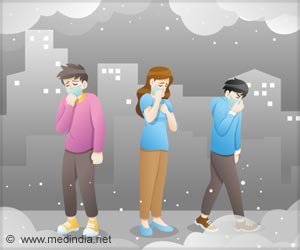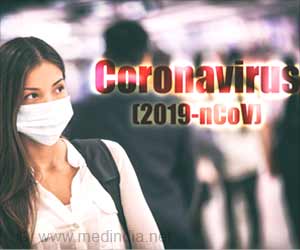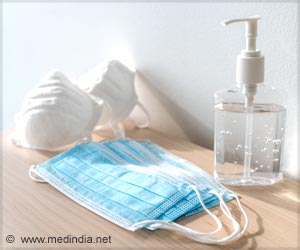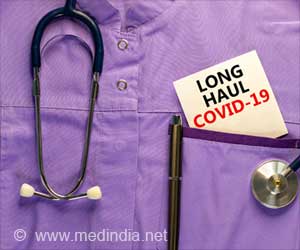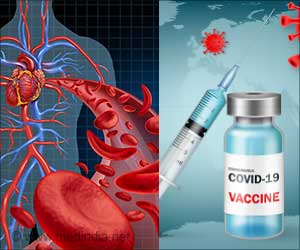New simple, disposable, and inexpensive device can be used as an added precaution by healthcare workers while performing esophagogastroduodenoscopies (EGD) during the COVID-19 pandemic, reports a new study.
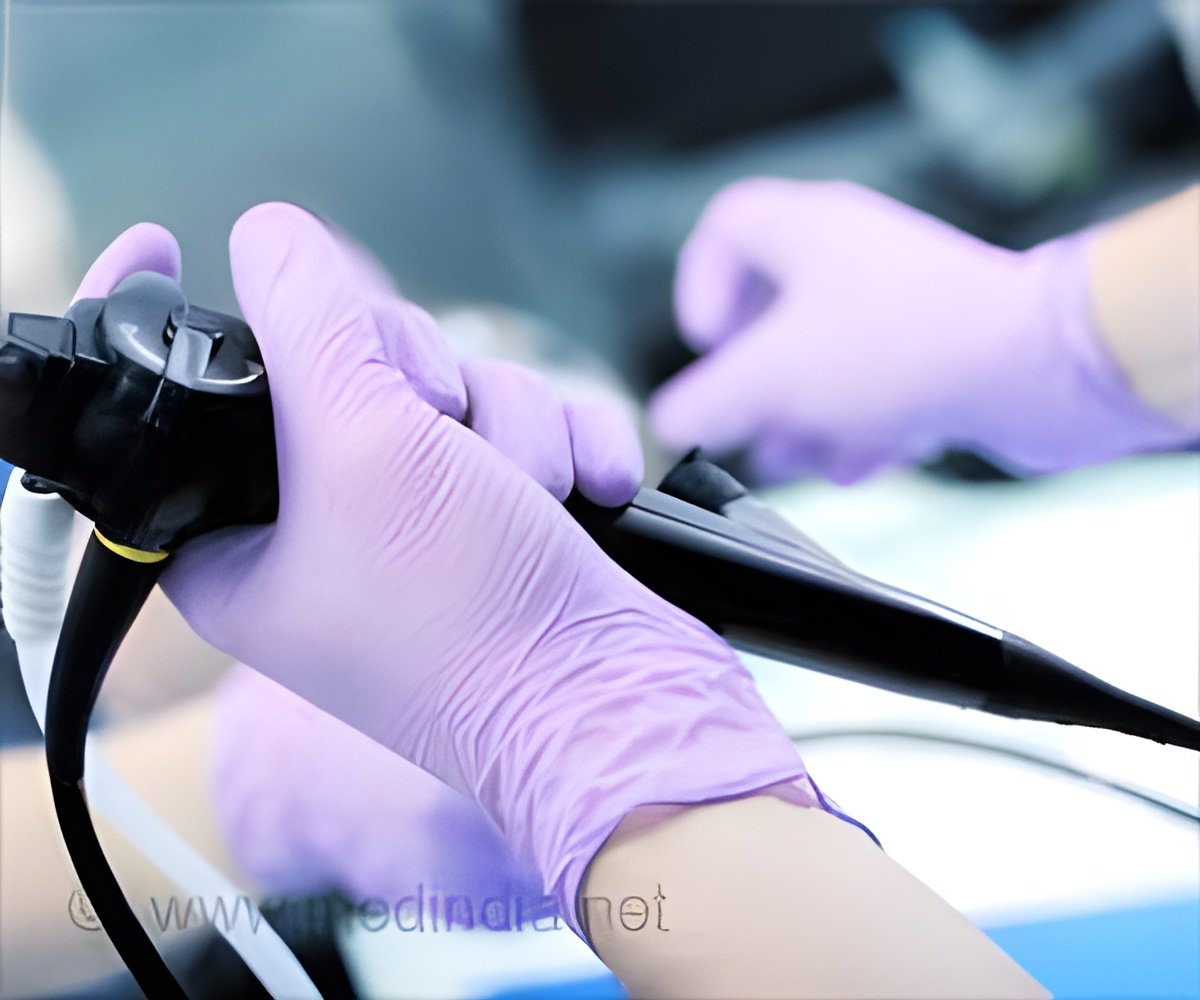
‘Under the coronavirus pandemic situation, medical staff in endoscopy units face a high risk of SARS‐Cov‐2 infection. Hence the novel device developed can be used as a standard precaution in every EGD.
’





However, a team of researchers has developed a simple, disposable, and inexpensive device to provide an additional barrier of protection for healthcare workers performing esophagogastroduodenoscopies (EGD). An EGD is an endoscopic procedure by which a doctor examines a patient's esophagus, stomach, and upper intestines. The procedure causes patients to cough or retch, exposing workers to body fluids or aerosol droplets.
Given that COVID-19 is easily spread via airborne transmission, researchers from the gastroenterology departments at the Tohoku University Graduate School of Medicine and the Japan Community Health Care Organization's Sendai Hospital set out to create a device capable of catching droplets without causing further discomfort to the patient.
The new device comprises a mouthpiece equipped with a fixing belt and a nonwoven fabric to cover the patient's face, thereby capturing aerosol droplets.
The square, nonwoven fabric, is attached to the tips of the mouthpiece using symmetric cuts made by scissors. An x-shaped incision at the center of the fabric acts as a sleeve for the endoscope--providing minimal interference.
Advertisement
"This device is expected to capture the coarse droplets from subjects undergoing an EGD and to reduce the diffusion of aerosol droplets," exclaimed Doctor Hiroyuki Endo, the corresponding author of the paper. "In addition to existing personal protective equipment, this simple and inexpensive device can be used as a standard precaution in every EGD."
Advertisement

